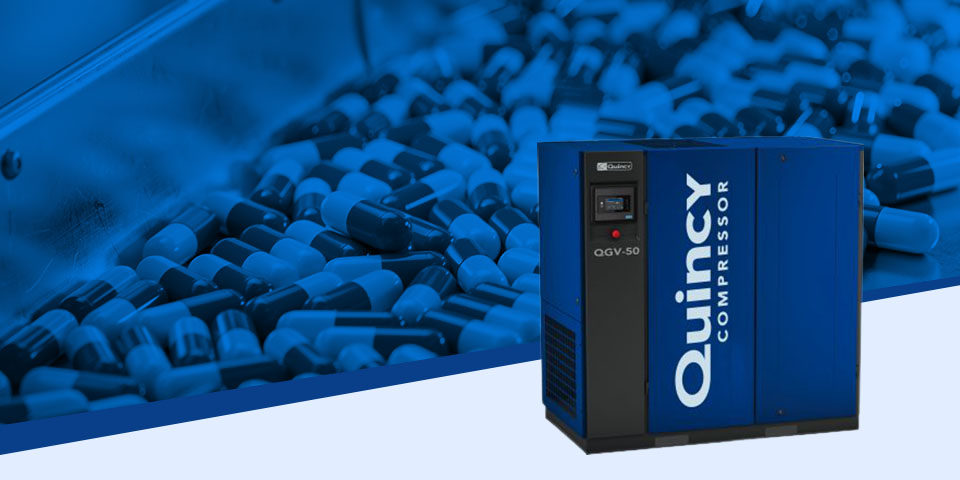Contents
Desiccant
A desiccant is defined as a material with a lot of surface pores that enable it to attract and remove water vapor in the air. This substance helps maintain a dry state and prevents the damage caused by humidity.
Industrial air compressors often use dryers with a desiccant to remove water from process air. These desiccant dryers achieve an extremely low dew point, preventing corrosion and equipment failure in the compressor system. They also reduce product contamination in highly sensitive industries, like pharmaceuticals or food and beverage.
FAQs
Desiccants and deliquescent materials bind to water, thus removing molecules from the surrounding air. However, desiccants use adsorption, meaning the desiccant traps water but doesn’t chemically change form. Deliquescent materials use absorption, attracting water vapor from the air and chemically changing form, dissolving into a liquid solution.
Because desiccants don’t change form, they are much easier to regenerate. In other words, you can remove the water, enabling the material to trap more molecules. Once deliquescent materials absorb water, you can’t remove the water and reuse the material.
Desiccant uses include applications requiring moisture removal from the air. One everyday use is silica gel packets, which protect packages and products during transport and storage. Pharmaceuticals may place these packets in containers to prevent damage to products. These packets appear in food items, electronics and cosmetics.
Desiccants serve a similar role in industrial air compressors, but on a much larger scale. After air passes through the compressor, it goes through a dryer, which has a supply of desiccant material to trap excess moisture.
Many materials act as desiccants, including:
- Silica gel
- Molecular sieves
- Clay
- Activated alumina
Depending on the design, an air compressor dryer might use silica gel, activated alumina or a molecular sieve. These substances are typically available as powders, beads or pellets. Each material provides a different level of performance and longevity. Quincy Compressor has developed a proprietary desiccant called Q-Sorb. It is an enhanced formula of activated alumina that improves adsorption, reduces pressure drop and delivers a higher crush strength.
After air goes through the compression process, it passes through a desiccant or adsorption dryer, where the material inside traps moisture from the air. When the desiccant traps all the moisture it can, the dryer passes air back in the opposite direction to push out the water.
Most desiccant dryers have a dual-tower design, so one tower collects moisture while the other regenerates. The towers switch back and forth, with one actively eliminating moisture and one regenerating, so the compressed air that passes through maintains a steady moisture level.
Desiccant dryers come in several varieties, depending on the air used to regenerate the desiccant. Heatless dryers harness only the dried compressed air, passing a small amount back in the opposite direction through the system. Heated purge dryers employ an electric heater to warm purge air, so the system uses less energy and compressed air during regeneration.
Blower-regenerated dryers operate a separate blower for regeneration instead of previously dried compressed air. They also contain a heater to warm the air before it passes through the dryer. Finally, heat-of-compression dryers engage the heat generated by compression rather than a separate heating system.
Additional Resources
At Quincy, our goal is to support you and true support means connecting you to resources that best fit your needs.


